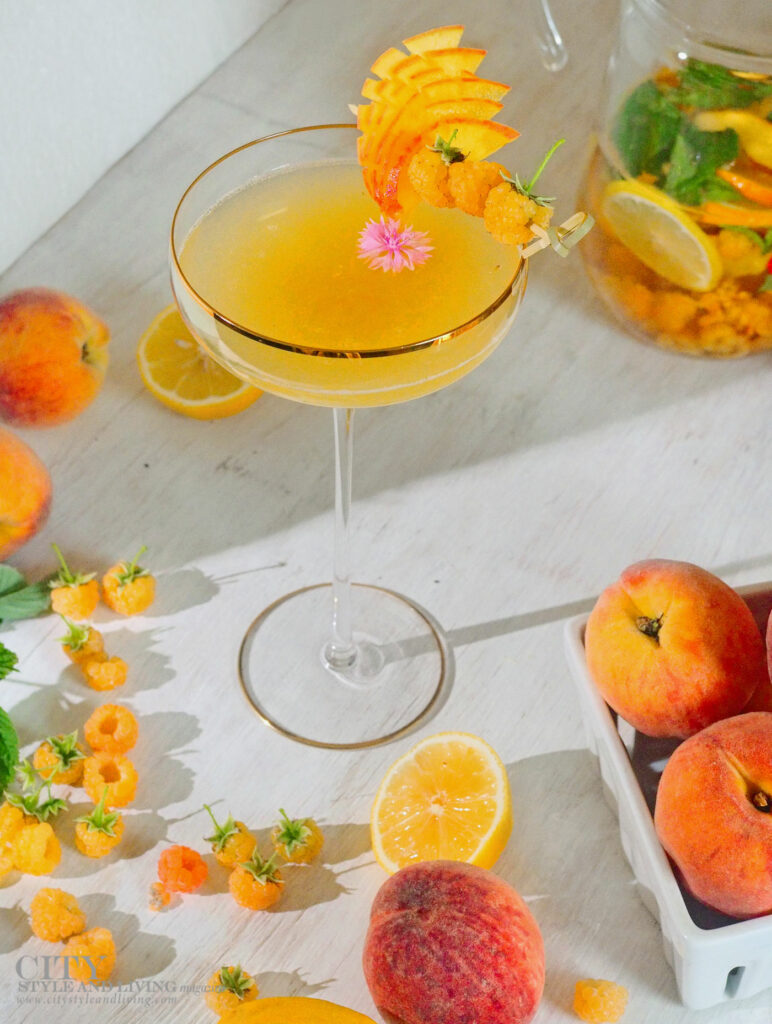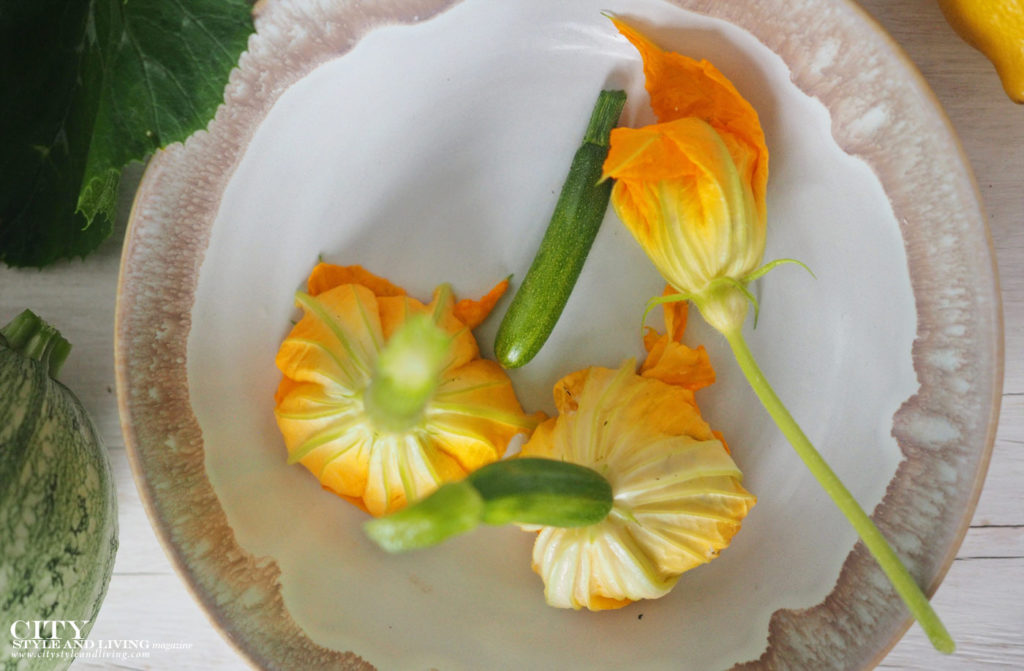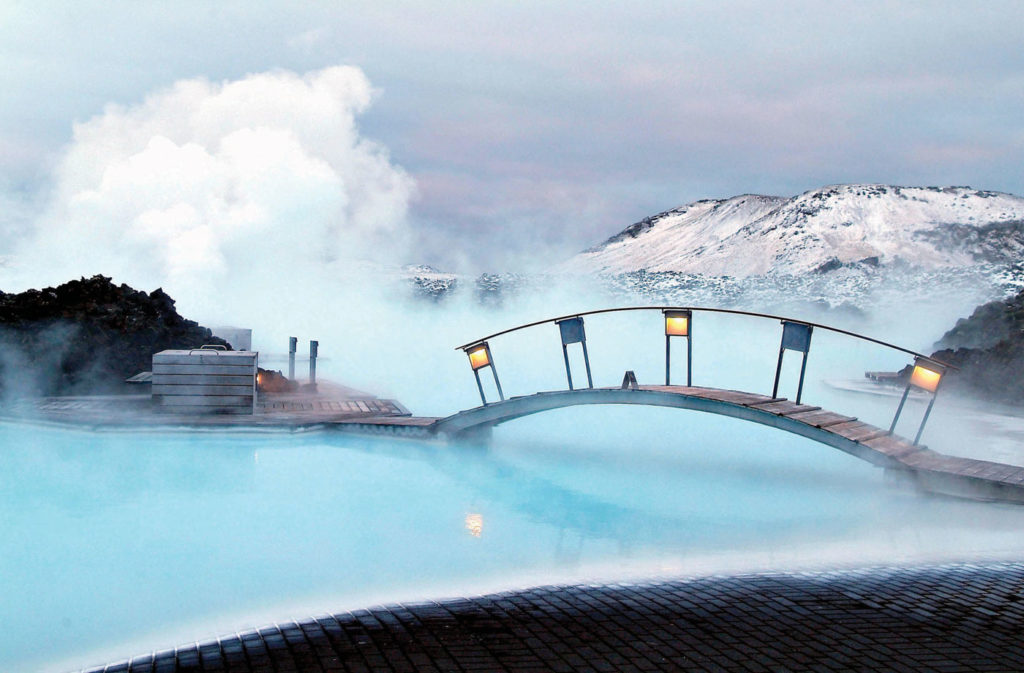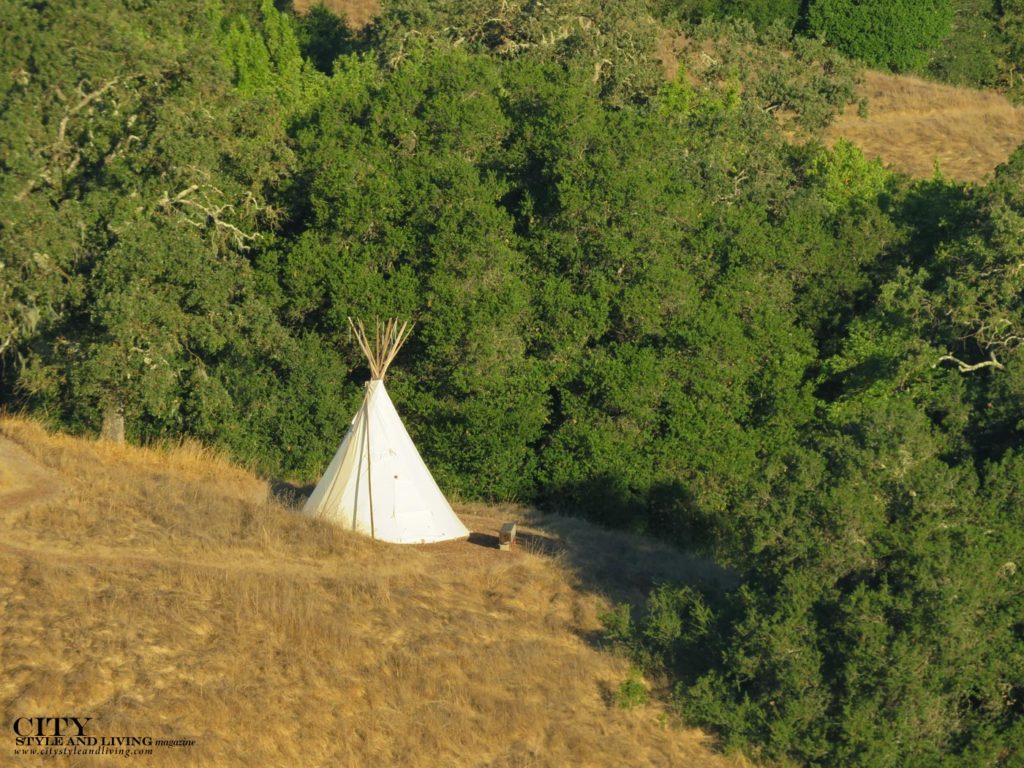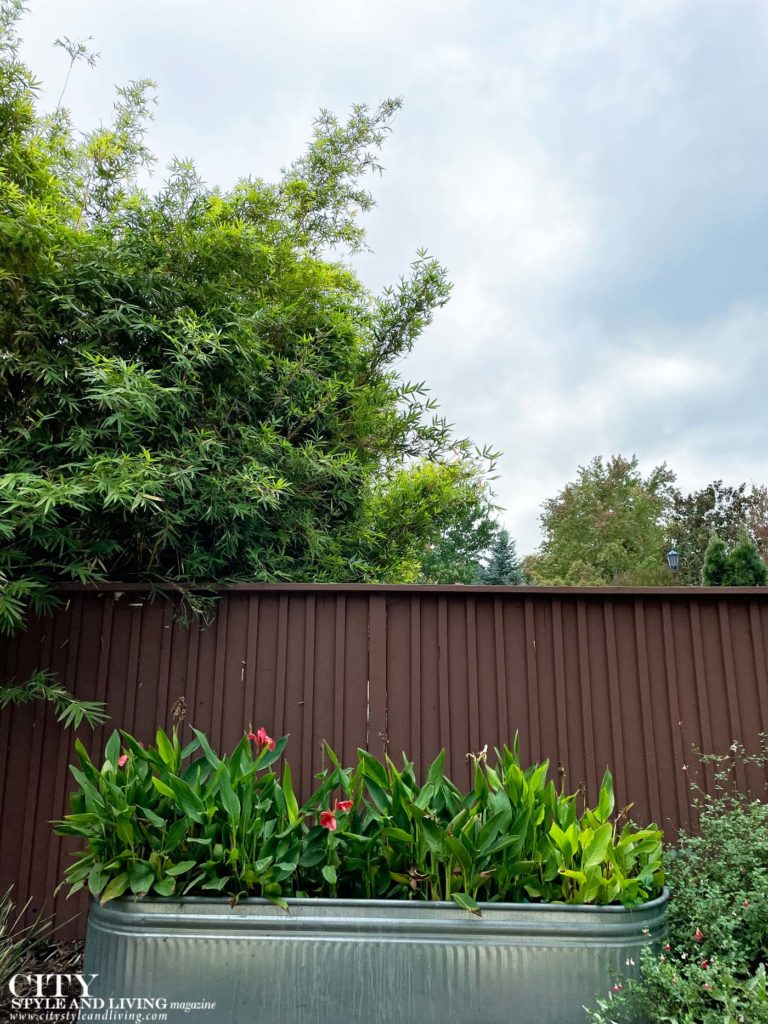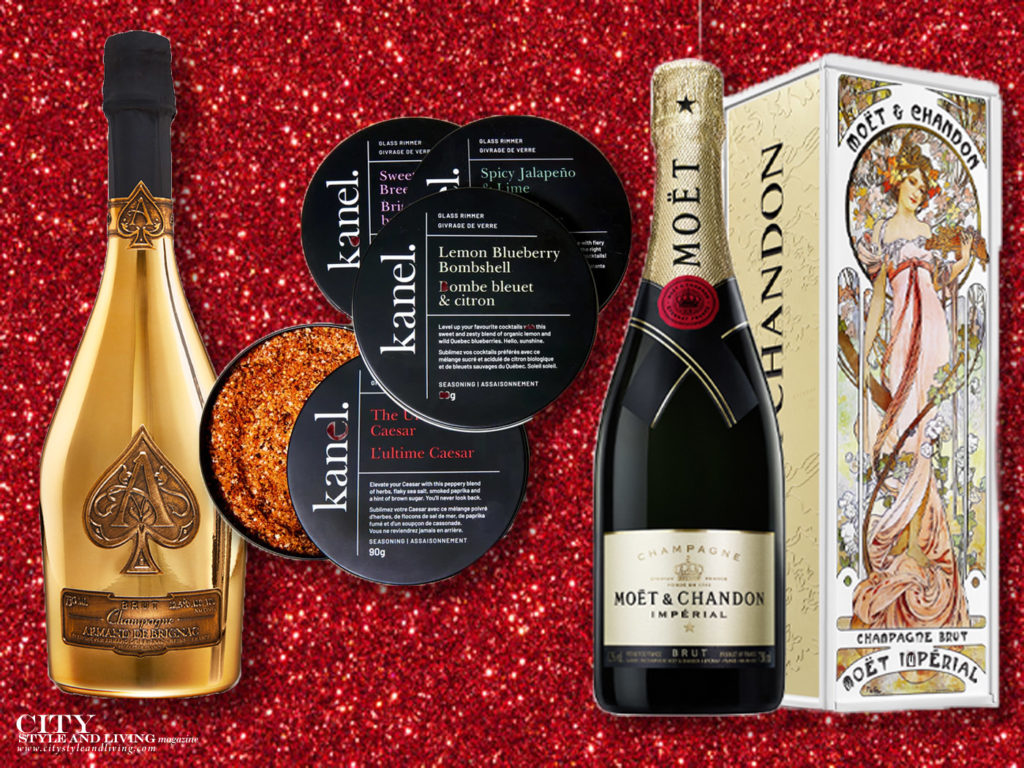
Founder of Amano chocolates based in Utah, USA, Art Pollard has travelled the world in search of the best cocoa beans. The former physics student pursued a challenge to make his own chocolate from bean to bar.
CSL: How did you get involved in the chocolate business?
Pollard: For as far back as I can remember, I have been totally passionate about food. Not just food, but the very best and finest food. Food does not always have to be fancy but, food should always be good. I have always wanted to cook the hardest recipes and to learn all there is to learn about making the very best tasting food.
When I was attending my university, I worked for the physics department designing and building equipment for the department to use. One day, I made an offhand comment that it it would be interesting to make my own chocolate. My co-workers all said that I couldn’t do it. It was too hard. It was too expensive, etc. etc.
At the time, I thought it funny since my co-workers were in the process of building a project for the Space Shuttle and several other projects along similar lines. I determined right then and there I was going to make my own chocolate though it was not for several years before I fully dedicated myself to it.
Later, on my honeymoon, my wife and I found an outlet store for a Belgian confectionery company that is no longer represented in the United States. The bon-bons were arrayed beautifully in a temperature controlled case like jewels. Simply by looking them made me realize that these were something special. At the urging of the store clerk, I tried one. It was at that moment I had my chocolate epiphany. This was not like any chocolate I had previously experienced, this is how chocolate was supposed to be.
Upon our return, I immediately began looking for equipment that I could adapt towards making chocolate. Some worked and some did not. It was a lot of experimentation. In the end, I designed and built my own chocolate refiner from scratch. I consider this time to be some of the most valuable time I could have spent. Not only did I learn how to make chocolate, through my process of experimentation and learning how to design and build my own chocolate refiner, I learned the why things are done the way that they are done.
I spent quite a bit of time learning about flavor and texture and how to best develop these two. All this time, I was pursuing my passion out of just that — passion. It was not long though before friends and local chefs alike were doing all they could to get their hands on my chocolate. My business partner Clark Goble, urged me to develop my passion for making chocolate into a commercial enterprise. I told him he was foolish — he did not know or understand all the issues involved and that it was much more difficult than it appeared.
Clark kept encouraging me to begin making my chocolate commercially. Eventually, the idea grew on me and I flew to Europe to study chocolate making at a confectionery school. This was followed by my traveling throughout Europe meeting other chocolate makers and trying to locate just the right equipment. The finished flavor of the chocolate is very dependant on the equipment used to make it — much more so than other foods. Clark and I would work our day jobs and then in the evening we would refurbish the equipment, paint, and do what construction needed to be done in order to get our factory in shape. It took several years to get the factory all put together. Each of our wives were very patient with us. In the end though, it was all worth it. The flavor of the finished chocolate really speaks for itself.
Pollard: There are a number of reasons for this. The primary one is of course that most cocoa is grown in tropical regions that historically are not well industrialized. Because of this wages simply are lower. This is changing however. As the wages in these countries increase with further development and industrialization, the price for cocoa also is increasing. If it does not increase, the farmers will not grow and harvest their cocoa.
For example, this is already happening in Trinidad. Trinidad has been famous for its cocoa for hundreds of years. Even so, the tradition of growing cocoa in Trinidad is rapidly disappearing. With the influx of technology into Trinidad (mostly due to oil), the farmers and in particular their children have been moving to the cities for the jobs leaving the cocoa plantations unattended.
The only way to combat this is to pay premium prices for the cocoa beans we use. This helps to keep the tradition of growing cocoa alive. In the end though, I expect chocolate prices to skyrocket and the prices paid to the farmers for their cocoa beans to do likewise. The march towards industrialization for much of the world continues like never before. The only farmers who will stay on the farm are those who are passionate about producing their cocoa and who are paid enough to support their desired lifestyle. Chocolate was once the domain of the wealthy and I believe it will be once again — or at least be reserved for special occasions. If true wages were paid for cocoa beans according to U.S. labor rates, cocoa beans would cost $5.50-$7.50/lb. That is four and a half times what the commodity cocoa prices are today.
I would be remiss in not pointing out that there is not a lot of money in making high end chocolate such as we do. By the time the wholesale prices are taken into account plus margins for food brokers and distributors, the cost of ingredients, packaging, utilities, the machinery, and a host of other expenses, there is not much money left at the end of the day. Unlike chocolate confectioners (who make bon-bons and other candies), we are not in a position to cut the final product with lots of inexpensive sugar so as to reduce the price of ingredients. We seek to be true to the cocoa beans we buy and to bring out their very best flavors. If you are not making chocolate because you are passionate about what you are doing, you are in the wrong industry. That should be true for any industry — we should all follow our passions. But for the chocolate (making) industry, it is especially true since there are not the margins to fall back on if mistakes are made.
CSL: Three major organizations control cocoa in the world today, how does this situation aid or hinder producers/farmers?
Pollard: It is always a double edged sword when only a few companies control a vast segment of the market. On the positive side, these companies are large and they need lots of cocoa to make their chocolate with. They will often work with the farmers to encourage them to plant varieties of cocoa that out produce and are more disease resistant than native varieties. These companies are typically interested in maintaining a consistent supply of cocoa. This is good for the farmer because the farmer knows that if they grow the cocoa that they have a market for it.
On the down side however, the hybrids (such as CCN-51) that these same companies encourage the farmers to plant are replacing native varieties of cocoa. I find it very sad that the uniqueness of the native varieties are being slowly replaced by homogeneity.
CSL: Why is chocolate and the process of chocolate making so misunderstood?
Pollard: The process of making chocolate has long been misunderstood because chocolate companies are notorious for keeping their processes secret. We ourselves have developed our own processes that as far as we are able to determine are unique to us. On one level, making chocolate is fairly straight forward. The cocoa beans are roasted, the husks removed, the bits of bean (nibs) are ground along with sugar and sometimes vanilla until smooth and then the chocolate is heated and stirred until the flavor is developed. In reality though, it is much more complex than this and difficult to capture in a sound bite for the consumer.
Additionally, there are quite a few ways to get from point A to point B — almost an infinite variation. Most chocolate makers do not want their competitors to know how they do this because it is how the chocolate maker treats their ingredients that help determine the final flavor.
Finally, the marketing departments get in the way. Our experience is that marketing departments do not fully understand the chocolate making process and so when they are charged with informing the consumer, it is easy for them to make “mistakes.” Other marketing departments mislead the consumer and state that their company makes chocolate when they truly do not. I am aware of a number of companies that fall into this category. I am hopeful that as consumers become more and more educated that these sorts of practices become much less frequent.
CSL: Where do you source your beans, and why did you choose this(ese) areas?
Pollard: Most of our beans are come from Venezuela. The reason for this is the cocoa from Venezuela is particularly flavorful. There is a wide range of genetics and growing conditions resulting in a wide range of flavors of cocoa and this gives me as a chocolate maker a beautiful palate with which to work to make my chocolate. Additionally, Venezuela has an incredible history with incredible people and culture that I have grown to love. The time that I have spent in Venezuela in the past means a great deal to me and I always look forward to returning.
We also source cocoa from Madagascar, Bali, and Ecuador. Each of these areas has their own cocoa growing histories with farmers that truly care about their cocoa. Just as with our selecting Venezuela’s cocoa for its flavor, we have carefully selected each of these areas for their beautifully flavored cocoa. Each area’s cocoa is truly unique and creates a chocolate that is unique in all the world. It pains me when people think of chocolate as simply “chocolate” and its flavor as simply “chocolately” because if the chocolate was made with beans that were treated carefully by the farmer, its flavor is wonderfully complex and each area produces a chocolate who’s flavor is truly unique. There is a world of difference in flavor between each of our chocolates and I encourage people to try each of them to see how very true this is.
CSL: Why is it important for you to personally visit the farmers?
Pollard: My goal is to create the very best chocolate possible. The world’s best — if possible. I can not do this if the farmer is not behind me. Just as a meal is only as good as the ingredients that go into it, the same is true of chocolate. Chocolate is only as good as the ingredients that go into making it. If the farmer is not dedicated to growing the very best cacao and then harvesting the very best cocoa beans, I am unable to make the very best chocolate — no matter how much skill I may bring to the table. It all starts at the farm.
Additionally, I simply do not want to have the beans from a nameless farmer to show up on my doorstep. I want the cocoa beans I use to mean something to me. I want to honor the farmer’s hard work through using my very best efforts to make their cocoa beans into the very best chocolate possible. If I know the farmer and in many cases can call the farmer a friend, it makes it much easier for me to honor the farmers labor. I also know that if I use my very best efforts to turn their cocoa beans into the very best chocolate possible, I will be able to help support their family. The farmers that I work with are not nameless to me. I know their names and that of their children and because of the time that I spend with them, the cocoa beans I buy mean something to me internally. And this, I believe, helps me to make better chocolate and what’s more, I have developed a huge number of friendships with the most humble and sincere people around the world that I would not have otherwise had.
CSL: Why has the new trend toward terroir (single origin) chocolate occurred?
Pollard: There are a number of reasons why single origin chocolate has really taken off. Many people really like the comparison between chocolate and wine and wines have been made from single estates or regions for hundreds if not thousands of years.
I also believe that as the public is exposed to better and better chocolate, that they want more flavor from their chocolate than simply “chocolatey”. When chocolate is made from a single origin, the flavor of that origin is allowed to shine through giving people a flavor experience that they would not have otherwise had. There are cocoa beans that produce chocolate that is reminiscent in flavor to berries, citrus, bananas, honey, or a host of other flavors. Speaking for myself, working with beans that allow me to bring out these sorts of flavors really brings me a lot of joy and I can only imagine that it does for other chocolate makers as well.
CSL: Your study of chocolate lasted a decade, what would consumers be surprised to learn about cacao?
Pollard: How labor intensive it is.
There is a huge amount of labor simply growing the cocoa trees as there is with any crop. But on top of that, each cocoa pod has to be individually cut from the tree with pruning shears or a knife so as to not damage the tree. The pods are gathered and split open and the 30-40 beans inside scooped out. The beans are then all gathered together and fermented in large boxes. Each day all the cocoa beans have to be removed from the boxes and put back in so as to allow fresh air to reach the beans to aid in fermentation. After 5-7 days, the beans are removed and allowed to sun dry on a patio for several hours each day being turned over hourly. The beans are brought in in the heat of the mid day sun as well as at night. Once the beans are dried — they are packed in burlap bags and sold. This is how we receive them and where our work begins.
Our process is very labor intensive. When I come home at night, I am exhausted and fall asleep almost as soon as I can put the kids to bed. But when I am exhausted, I think back to my friends who grow the beans and how hard they work and care for their beloved cocoa trees. I quickly realize that they do it for passion just as I do and that they work just as hard as I do if not harder and I marvel at what an incredible food chocolate is to drive us to such passions.




